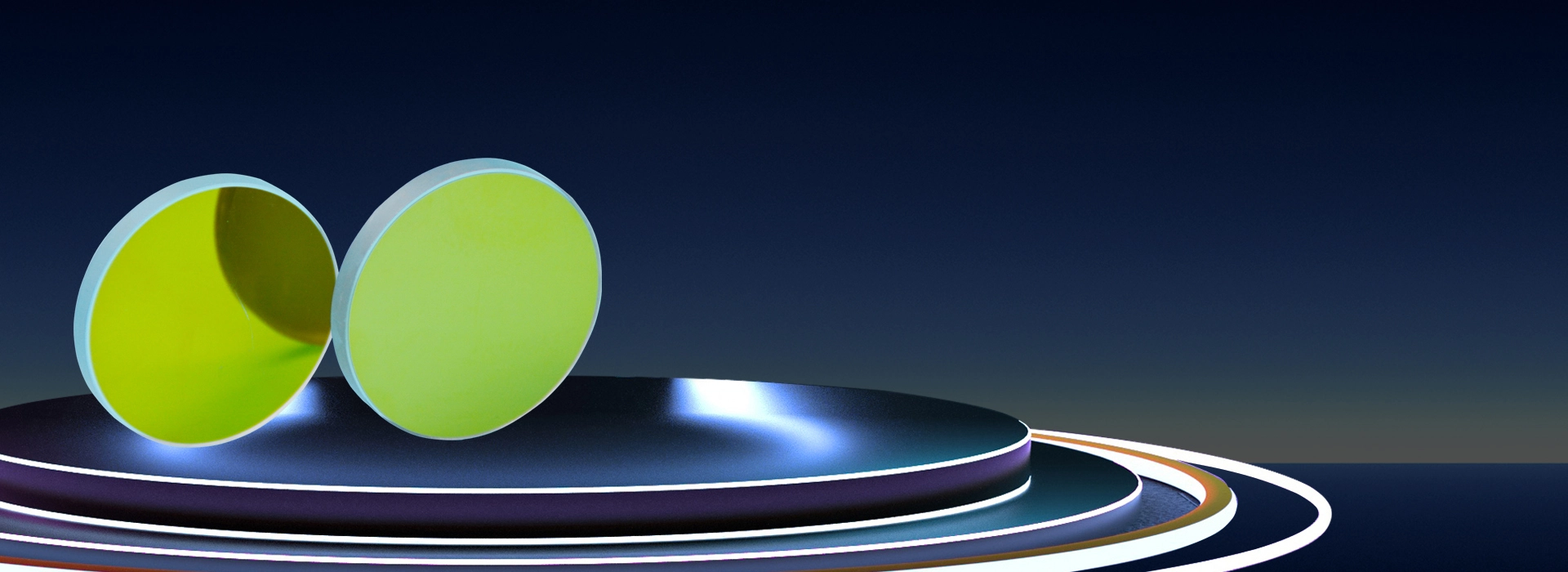Optical mirrors, divided into metal and dielectric types based on surface coating, operate by reflection. Metal mirrors have a metal film with silicon monoxide or magnesium fluoride coating, while dielectric mirrors use multilayer coatings to avoid metal oxidation and loss. Metal mirrors’ reflectivity is angle-insensitive, whereas dielectric mirrors’ reflectivity varies significantly with incident angle. For instance, dielectric mirrors with AOI=45° have a reflectivity range of 45°±3°. Some dielectric mirrors cover 0°~45°, but their reflectivity curve shifts with angle changes, requiring careful usage.

Optical mirrors include plane, spherical, and aspheric types. Plane mirrors reflect light precisely, used in experiments and instruments. Spherical mirrors (convex/concave) focus or diffuse light, used in imaging and laser systems. Aspheric mirrors (parabolic/hyperbolic) offer high-precision imaging and laser control.
Optical mirrors, which work based on the law of reflection, are widely used in various optical systems to change light direction, focus, or collect light. Applications include:
Scientific Research: Guiding or altering light in laser and optical experiments, and spectroscopy.
Optical Instruments: Reflecting and directing light in telescopes and microscopes.
Industrial Applications: Precisely controlling laser beams in laser cutting and printing.
Special Applications: Ensuring smooth extravehicular activities in long-duration spacecraft.
